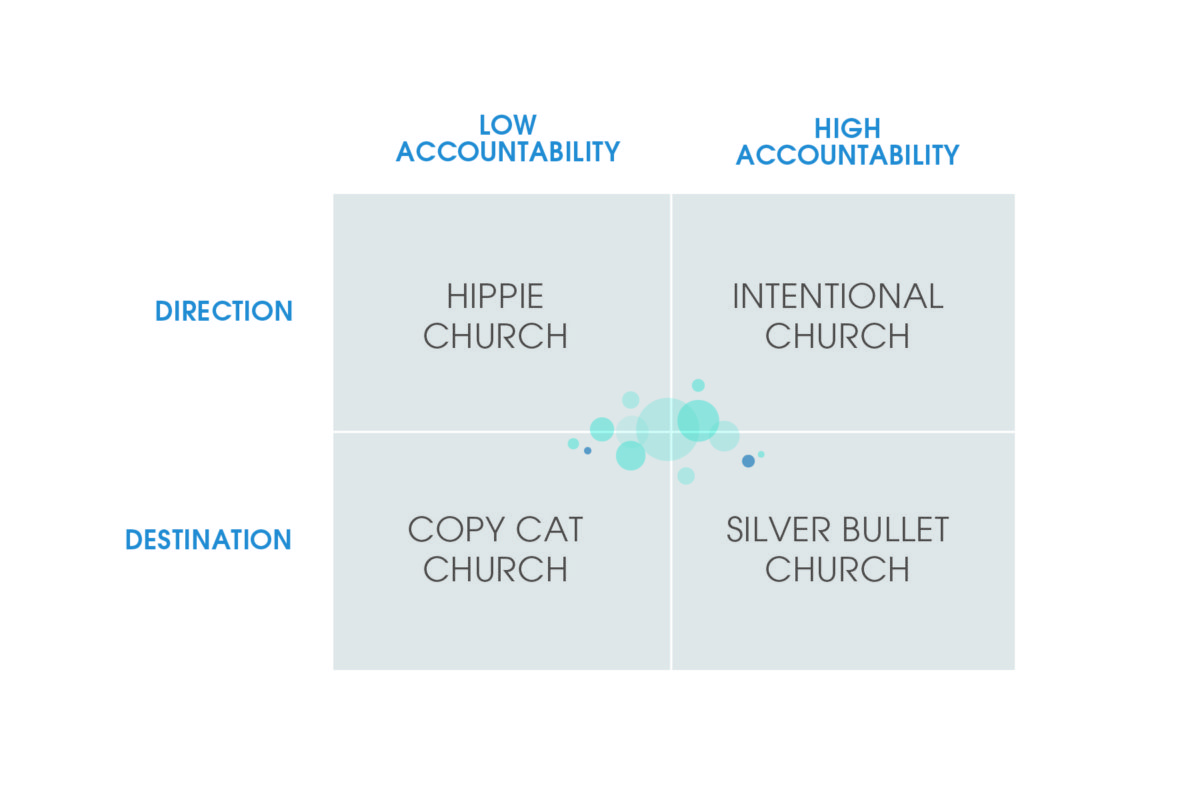Article
Discipleship From a Systems Perspective
Ed Stetzer and Daniel Im talk about discipleship from a systems perspective based on Daniel's new book, No Silver Bullets.

Ignorance as a Blocker and Barrier
I am convinced that ignorance is the main reason churches in North America, and in many parts of the world, are not experiencing growth—spiritual and numerical. No, I am not talking about pastors having low IQ levels. I’m referring to the type of ignorance where you don’t know why you do ministry the way that you do. More than anything, it’s a lack of self-awareness.
Let me paraphrase one of my favorite quotes from the Chinese general, military strategist, and author of The Art of War, Sun Tzu: “If you know your enemy, you’ll win half of the battles. But if you know yourself, you’ll win the other half.”
As pastors and church leaders, many of us are guilty of only focusing on half of the equation. We’ve been so focused, not on our “enemy” per se, but on other successful ministries and pastors that we’vefailed to pay attention to our local context to discover why things aren’t working the way we want them to. What if the solution to unlocking a new season of growth didn’t start with a new model? What if it started with self-awareness as a church?
The Influences Matrix (as diagramed above) is designed to help you start with self-awareness so that you can pinpoint the way your church approaches discipleship as a system from a 50,000-foot level.
The Spectrums Explained
If your church is on the destination end of the spectrum, then you are typically trying to get everyone in your church to complete a formulaic set of discipleship classes because this is the defined way and best environment to grow people to maturity. If they finish the classes, then they’re mature—they’ve arrived at the destination.
If your church is on the direction end of the spectrum, then you see discipleship as an ongoing process. So instead of focusing on a pre-defined set of classes to become mature, you create multiple non-formulaic learning experiences that help people take the next step in their walk with Christ. In the same way, you understand that the classroom environment is only one of the many places that spiritual formation can take place.
If your church is on the low accountability end of the spectrum, you are typically scattered and indifferent. This is because you either let everyone choose their own path or because you aren’t creating intentional on-ramps and off-ramps to help people get into discipleship classes or environments.
If your church is on the high accountability end of this spectrum, then your discipleship processes are typically organized and heavily involved. The particular nature of involvement and organization will look different depending on where your church is in the destination/direction spectrum.
Let’s dig deeper into each of the quadrants so that you can pinpoint where your church is in this matrix.
Summary of the Quadrants
- The Copy Cat Church is convinced that they are only one model away from breakthrough. They believe that maturity and growth is about getting to a destination by offering the right classes in the right order. So they focus on creating a single path for everyone. Unfortunately, to the church, the leadership seems scattered and indifferent since nothing lasts longer than a few months. Constant change is the definition of a low accountability culture.
- The Silver Bullet Church coordinates their ministries and contextualizes language so that their discipleship pathway makes sense. While this model may seem efficient, one of the glaring issues is that they see disciples as widgets. At the heart of this model is the belief that discipleship is programmatic.
- The Hippie Church believes that discipleship can happen anywhere and anytime because they see discipleship as being deeply personal. They assume that as long as they teach the right things, people will just naturally grow and mature. So there’s a lack of measurement, intentionality, and organizational accountability.
- The Intentional Church is very involved at creating environments where church members can take their next step toward Christ. As a result, they have guardrails and a moving sidewalk for their members. The Intentional Church sees discipleship as a long obedience in the same direction and they are going to do whatever it takes to intentionally develop self-feeders by nudging people along that direction.
So here’s my question to you. Where would you place your church at in this Influences Matrix?
Tweetables:
- “Ignorance is the main reason churches are not experiencing growth—both spiritual and numerical” –@danielsangi
- “Your discipleship pathway can be categorized as: ongoing, next, and first steps.”-@danielsangi
- “Start with self-awareness to pinpoint the way your church approaches discipleship as a system.” –@danielsangi
- “It’s all about developing self-feeders.” –@danielsangi
- “Ed, you’re the king of multi-tasking.” –@danielsangi
Additional Resources:
- Purchase a copy of Daniel’s new book, No Silver Bullets: Five Small Shifts that will Transform Your Ministry.
- Get 7 audits and an assessment with your purchase of No Silver Bullets at danielim.com/NoSilverBullets
This article was adapted from a video webinar with Daniel Im. You can find more from Daniel by clicking HERE.



